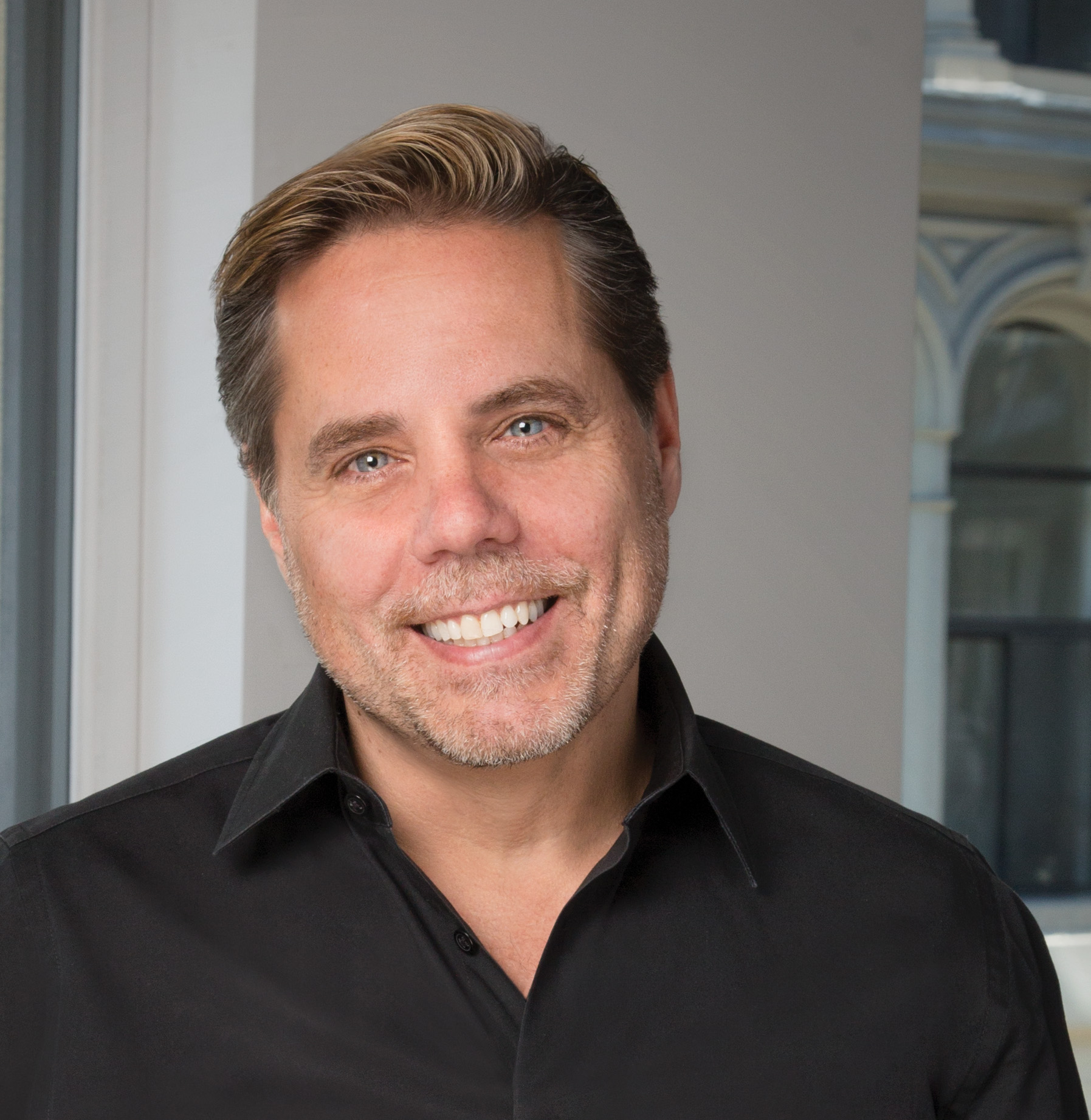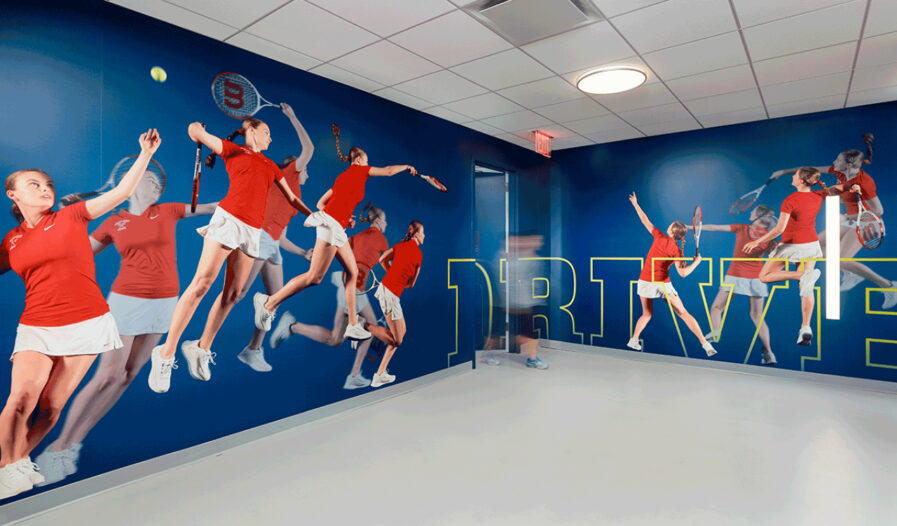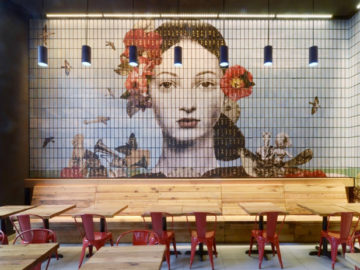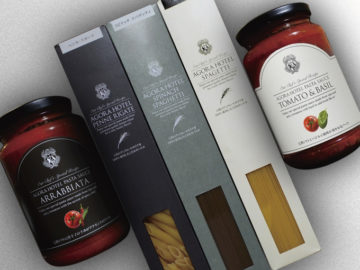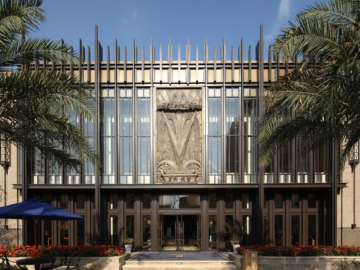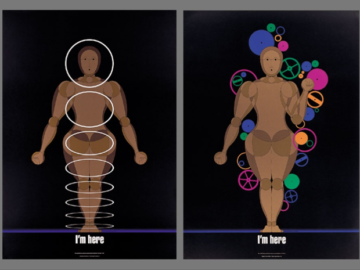Welcome to a special edition of our blog where we hear from the creative minds behind Poulin + Morris Inc. in their exclusive Q&A in the Graphis Journal. Founders Richard Poulin and Douglas Morris share their inspiring journey and profound perspectives that have shaped their careers and the iconic visual fabric of New York City. From their beginnings in the bustling streets of NYC to their philosophical musings influenced by icons like Eric Gill and Paul Rand, they discuss their multidisciplinary approach to design and the enduring impact of their work on urban landscapes. Join us as we explore how their unique blend of creativity, freedom, and rigorous dedication to their craft has not only defined their professional legacy but continues to inspire future generations of designers.
Introduction by Karen Gorczyca, Senior Project Manager, Design Communications Ltd
My professional relationship with Richard and Doug began nearly three decades ago as a project manager for DCL. My job was to bring their design concepts to tangible, built results for contemporary landmarks nationwide. With a strong understanding of materials and a near obsession with details and the integrity of the design, Richard and Doug always had an unwavering, clear vision for the direction of their work. They also had no fear of pushing the limits of possibilities. This was often a challenge, but meeting that challenge was what made our collaborations so rewarding and led to our professional relationship growing into a warm friendship as well. Their passion for the details and the crisp, clean elegance of the final result is evidenced in their entire body of work.

What has inspired or motivated you in your career?
Growing up in New York City gave us the opportunity to constantly explore and experience new things that we had never imagined before. It changed our lives in terms of the visual world, and it has been a tremendous inspiration to us. We also never thought that we would have such an impact on the visual fabric of the city. Much of our work is an integral part of the city’s visual landscape, and hopefully, it will be there for years and years to come. It’s wonderful to be a part of that, and we are very proud of that fact.
What is your work philosophy?
When asked this question, we have always responded with the words of Eric Gill (1882–1940) that fully defines our work philosophy: “What is a work of art? A word made flesh… a thing seen, a thing known, the immeasurable translated into terms of the measurable.” We believe that the most important aspect of these words is the goal of creating something new all the time, and hopefully, it’s something that is memorable and measurable but, at the same time, unforgettable and immeasurable.
What is it about design that you are most passionate about?
We have always believed that we need not limit ourselves to only the printed page. Design has provided us the insight and creative freedom to practice and move from one discipline to another with ease and confidence.
Who have some of your greatest past influences been?
Paul Rand, Saul Bass, Massimo Vignelli, Will Burtin, Charles and Ray Eames, Deborah Sussman, and Rudolph de Harak.
Who have been some of your favorite colleagues or clients?
Doug and I agree that we never had favorites. However, some of our longtime clients, such as James Stewart Polshek (FAIAof Ennead Architects), Kohn Pedersen Fox Architects, NPR, Hines, and Time Warner stand out because they continuously trusted us to solve the numerous design problems they approached us with over the years. They were true colleagues and collaborators and were always open to new ideas and approaches to a design problem.
What are the top things you need from a client in order to do successful work for them?
Freedom, trust, and honest communication.
What about your work gives you the greatest satisfaction?
What we did collectively and individually with the development, growth, and evolution of our work and office over a period of 30 years is something that we’re very proud of; it was a tremendous part of our lives, and it was incredibly joyful and fulfilling.
What part of your work do you find the most demanding?
Every aspect of our lives is demanding. We wouldn’t want it any other way!
What professional goals do you still have for yourself?
We have always pursued the multidisciplinary aspects of design and never wanted to limit ourselves to doing one type of work or, for that matter, working for one type of client. These have always been and continue to be our goals in work and in life.
What advice do you have for students starting out today?
Continue to push your own boundaries of creativity and visual expression to new heights and forms of meaning in your work. And remember, all great ideas and all significant works of art and architecture come from dreamers, visionaries, and communicators.
What do you value most in life?
Our freedom and creativity to think, live, and be who we want to be.
What would you change if you had to do it all over again?
Not one thing!
Where do you find inspiration?
We truly believe inspiration is everywhere. It envelops you. It’s everything that you see and feel; that’s why the things that we place around us and the things that we are drawn to are tremendous assets. New York City itself has always been an incredible, inspirational laboratory for us—its architecture and landscape, its pace, rhythm, and sounds, and the interactivity of its people. All of those things and more have been a tremendous catalyst for us in terms of the way we think about creativity and the way we evolve in our own creativity… What we tried to do in every project (whether it’s architectural in nature, print in nature, or digital in nature) is to make as many connections as we could—informationally, thematically, aesthetically—and the more connections we made (if you can try to visualize a piece of fabric), the stronger those ties and those connections are; it will last longer, it will have more resonance, and it will maintain its relevance, and that’s what we always try to do.
How do you define success, and where do you see yourself in the future?
Our lives as designers are organic; our thinking and perception of it is always evolving. Therefore, our definition of success, as well as our vision of our own future, is always changing.
How do you balance your work with your personal life if there is a distinction between the two for you?
Fortunately for both of us, there has never been a distinction between our professional and personal lives. We believe design is a state of mind, a way of seeing, and most importantly—a way of living.
Richard Poulin: Richard Poulin is a designer, educator, author, and artist living in Southern California. Throughout his career, he has focused on a generalist approach to all design aspects, including graphic, experiential, interior, and exhibition design, dividing his time between professional practice and academia. For over 30 years, he was the creative director and managing partner of Poulin + Morris Inc., which he co-founded in New York City in 1989. As a highly respected educator, he taught at Cooper Union and the School of Visual Arts for over two decades. He is a recipient of a research grant in design history from the Graham Foundation for Advanced Studies in the Fine Arts, a recipient of a Fellow from the Society of Experiential Graphic Design (SEGD), the profession’s highest honor, and his work is in the permanent design collections of the Denver Museum of Art, the Letterform Archive, the Library of Congress, and the Los Angeles County Museum of Art (LACMA). Richard is also the author of several books on graphic design, typography, and design history, which have been translated into eight languages and used by students and practitioners worldwide. His new book, a comprehensive monograph on the life and work of mid-century modernist designer Rudolph de Harak—Rational Simplicity: Rudolph de Harak: Graphic Designer—was released in 2022 by Thames & Hudson (London). As an artist, his multi-media collage constructions have been exhibited throughout the United States and are in the collections of several private collectors. Richard lives in Palm Springs, California. You can follow his work or contact him on Instagram (@richardpoulin) or Richardpoulin.net.
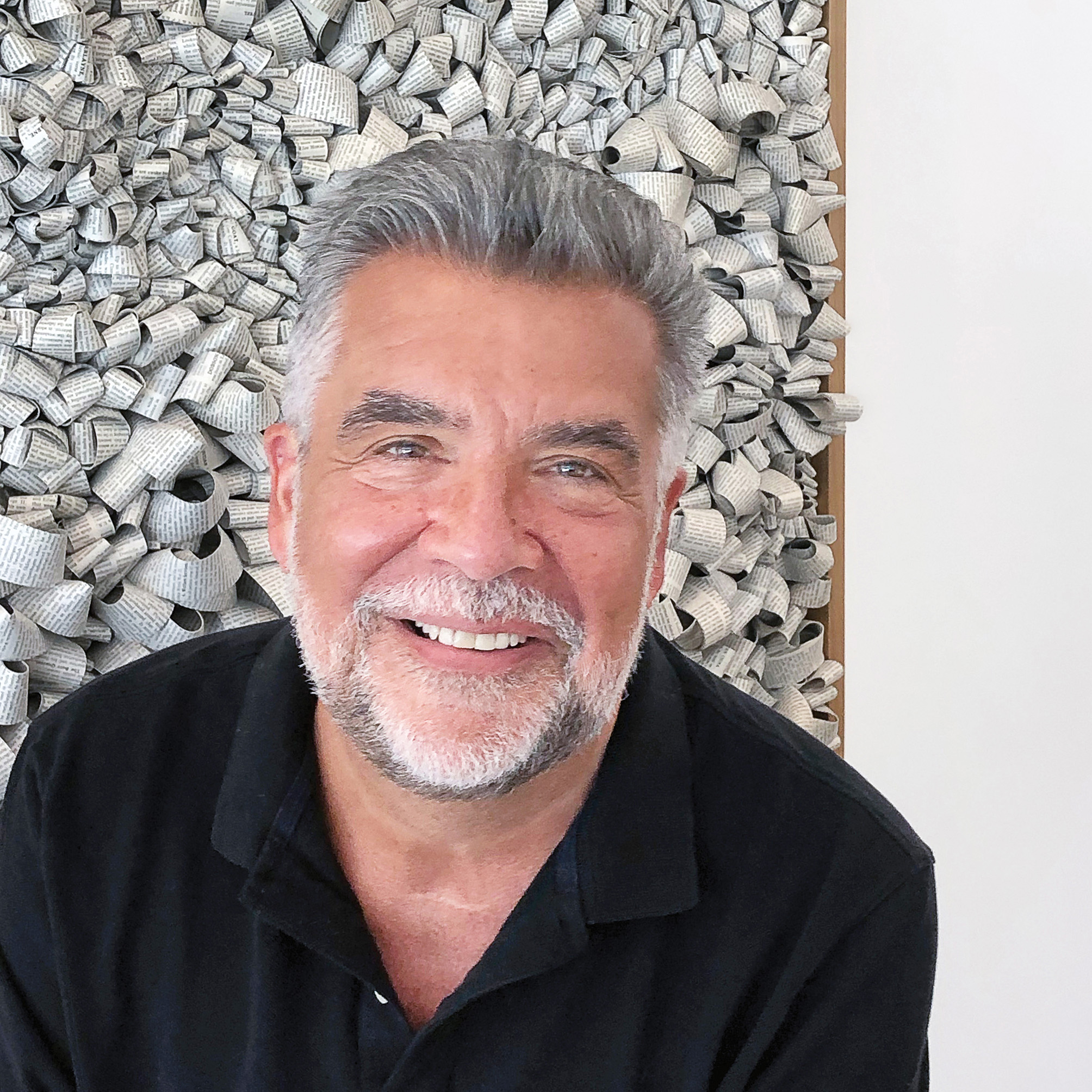
Douglas Morris: As design director and partner of Poulin + Morris Inc., a multidisciplinary design consultancy he co-founded in New York City in 1989 with Richard Poulin, Doug Morris directed branding and experiential graphic design programs for an extensive list of clients. His expertise in alternative sign technologies supported information and wayfinding programs with state-of-the-art electronic information display systems, interactive media, and live-action transmission. His work has been published in periodicals and books worldwide and has received awards from American Corporate Identity, the American Institute of Architects (AIA), the American Institute of Graphic Arts (AIGA), Applied Arts, the Boston Art Directors Club, Global Corporate Identity, Graphic Design USA, Graphis, and the Society for Experiential Graphic Design (SEGD). He also coauthored Wayfinding: Designing and Implementing Graphic Navigational Systems, published by RotoVision. Doug is a recipient of a Fellow from the Society for Experiential Graphic Design (SEGD), the profession’s highest honor, a past president and board member of the organization, and a former chairman of its annual international design awards program entitled Diversity in Design. Since relocating to Palm Springs, he has become a self-taught knitter, entrepreneur, and fiber arts teacher to non-profit organizations that support the health and well-being of the LGBTQ+ community in the Coachella Valley. His online business and website, The Perfect Purl (theperfectpurl.com), donates all of its profits and related materials, as well as free classes, to these local organizations.
